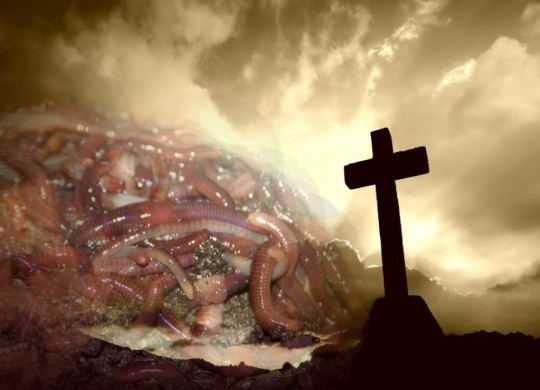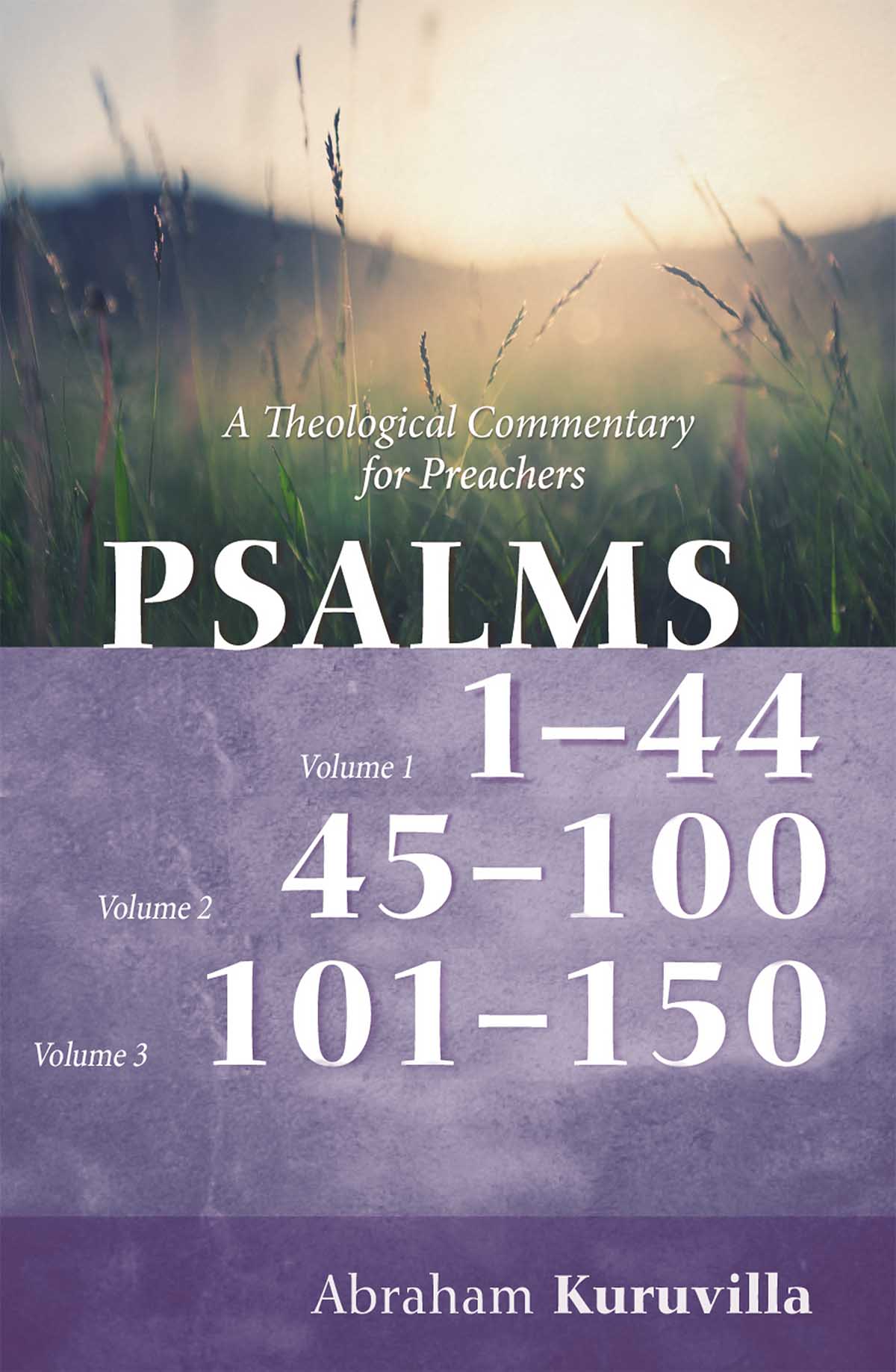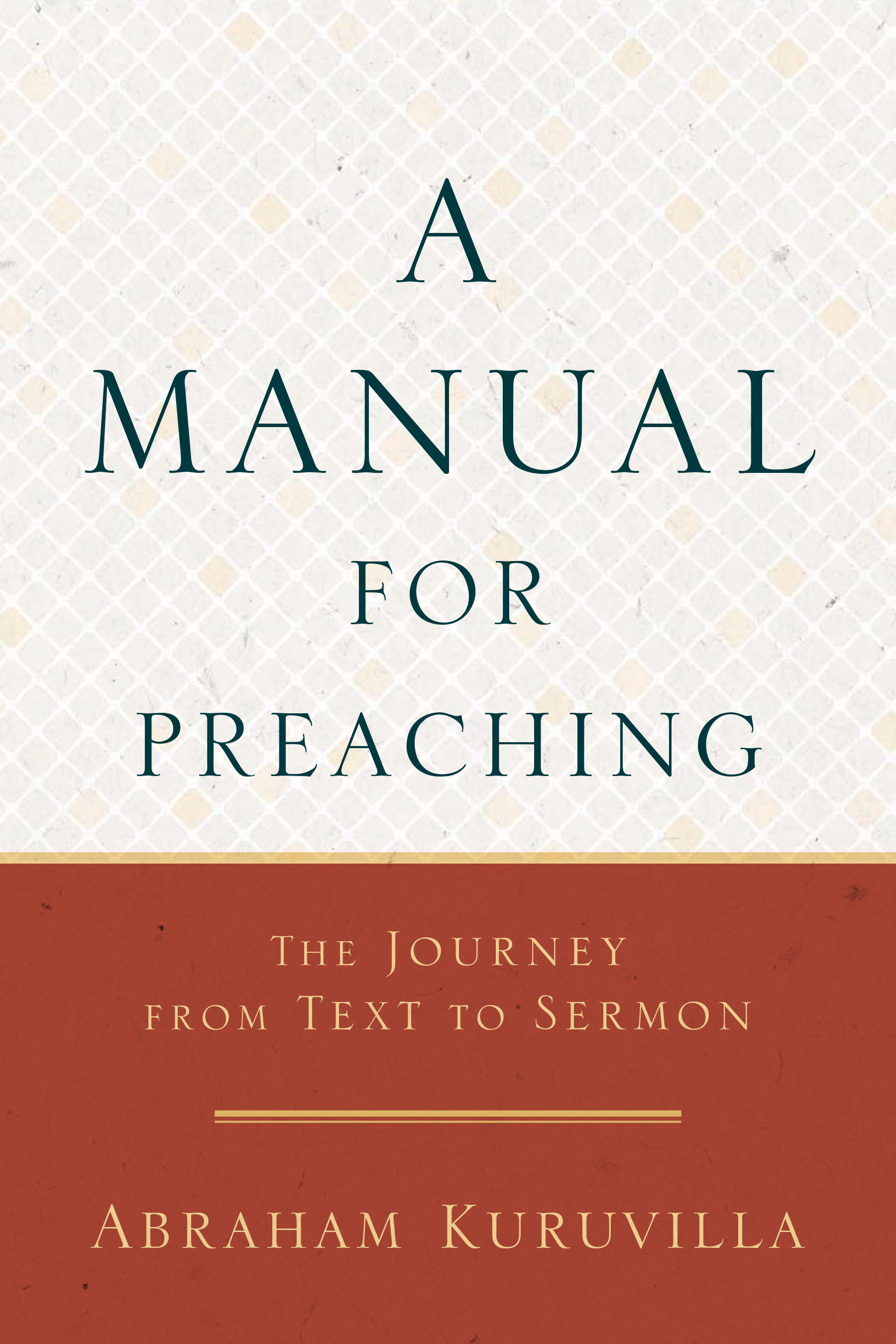Worms!

The other day something strange happened in Southern Norway.
It began raining earthworms—yes, you read that right: earthworms. Of the creepy, crawly, squirmy, slimy kind. Belonging to the Phylum Annelida.
Biology teacher Karstein Erstad was skiing in the mountains when he discovered thousands of earthworms on the surface of several feet of snow.
When I found them on the snow they seemed to be dead, but when I put them in my hand I found that they were alive.”
Live earthworms! From the sky! On the snow! In his hands!
[BTW, did you know that the average worm population in the United States is 53,767 of these beasts per acre?]
Apparently this worm-downpour has been experienced in other parts of Norway. From all the way back in 1920.
One popular theory suggests that a violent air pocket lifted them (and why only them?) off the earth and deposited them back on terra firma many miles away.
Or it may have been “water spouts,” unusual weather systems like tornadoes that travel from seas onto land and pick up all kinds of debris, including small animals, and carry them for miles, before the spouts get extinguished.
Actually something similar happened in Galashiels, in southern Scotland, a few years ago. Phys Ed teacher David Crichton was playing soccer with his students in Galashiels Academy when thousands of these same kind of invertebrates began plummeting from the sky. On a clear, calm day. They (the boys, not the worms) abandoned their soccer game.
Other meteorological events accompanied by fauna (and the occasional flora):
Frogs and fish: recorded by Pliny the Elder (ca. 77–79 AD)
Worms: Somerville, Massachusetts (1872)
Minnows and smooth-tailed stickebacks: Aberdare, Wales (1859)
Frogs: Gibraltar (1921)
Worms Halmstad, Sweden (1924)
Maggots (1 inch long): Acapulco, Mexico (1967)
Flounder and smelt: London (1984)
Frogs (dead): London (1998)
Apples (yup!): Coventry, England (2011)
Large clumps of tangled worms also supposedly hit a woman crossing a road in Louisiana in 2007 (anything can happen when you cross a road in Louisiana).
In a remarkable aria in Handel’s Israel in Egypt, the composer verbally and sonically demonstrates another plague of animals, in Egypt (ca. 1400s BC), quoting the King James Version:
Their land brought forth frogs in abundance, in the chambers of their kings.
Psalm 105:30
And let’s not forget the swarms of flies and gnats (KJV: “lice”), and locusts.
He spake, and there came divers sorts of flies, and lice in all their coasts.
He spoke, and locusts came, And young locusts, even without number,
And ate up all vegetation in their land, And ate up the fruit of their ground.
Psalm 105:31, 34–35
And all of these accompanied by strange meteorological occurrences.
He sent darkness, and made it dark.
He gave them hail for rain, and flaming fire in their land.
Psalm 105:28, 32
Hey, maybe it was a violent air pocket, or a water spout.
Or maybe just an almighty, omnipotent God working wonders on behalf of his people.
O give thanks unto the LORD; call upon his name:
make known his deeds among the people.
Sing unto him, sing psalms unto him:
talk ye of all his wondrous works.
Remember his marvellous works that he hath done;
his wonders, and the judgments of his mouth.
Psalm 105:1–2, 5
And that psalm ends with God’s purpose for all of this …
That they might observe his statutes, and keep his laws.
Praise ye the LORD.
Psalm 105:45
Saved to serve!











 Abe Kuruvilla is the Carl E. Bates Professor of Christian Preaching at The Southern Baptist Theological Seminary (Louisville, KY), and a dermatologist in private practice. His passion is to explore, explain, and exemplify preaching.
Abe Kuruvilla is the Carl E. Bates Professor of Christian Preaching at The Southern Baptist Theological Seminary (Louisville, KY), and a dermatologist in private practice. His passion is to explore, explain, and exemplify preaching.
2 Comments
So, are you saying that one day it might actually be “Cloudy with a chance of meatballs”? Who would’ve thought that little cartoon could actually be based on a true story?! HA!
The worms do look like spaghetti!